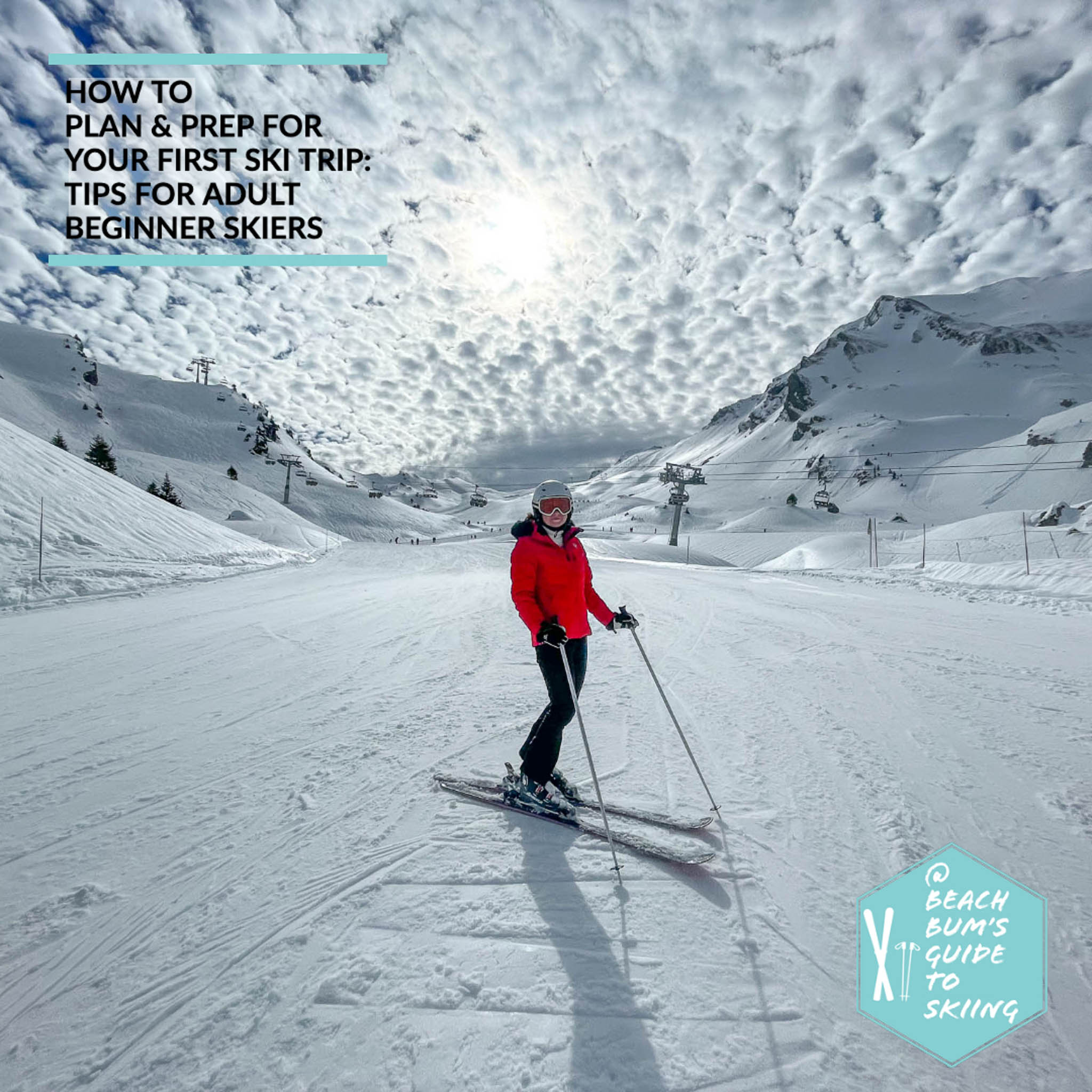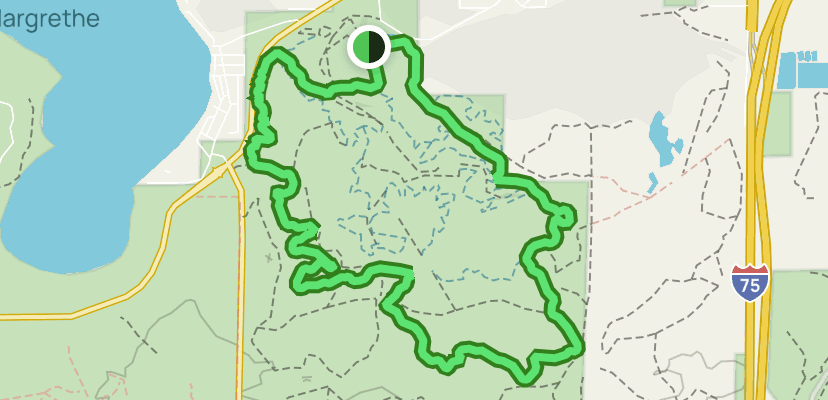
A ski long jump is an athletic event in which athletes leap from hills using their body positions and the lift provided by the air underneath them. This is considered to be one of most difficult sports.
Skiers use a range of body positioning to increase their chances for landing safely while maximizing the lift they receive from the air. Skiers often use the following positions: a forward lean with straight knees from the ankles up, parallel skis held slightly upward and the V jump style (in which the ski tips point outward in opposing directions).
In the 1990s, Swedish jumper Jan Boklov pioneered a technique that added more lift by using the front edges of the skis to point downhill and uphill. This position minimized wind resistance and was an important factor in the development of longer ski jumps.
The judges will evaluate the body positioning of the long-distance runner on the ground and in the air as well as the landing. They award up to 20 points to each judge, based on their assessment of a jumper's style and form.

The length of a ski jump is determined by the size of the hill that is used for each competition, as well as by body position and the lift provided by the air below. The smallest size of hill is called a K point, while the largest is referred to as a HS.
Five judges inspect and score each jump. The athlete with the highest total score wins. Each jumper is allowed two attempts. Five judges score the distance covered by each jumper and their style on a 0-20 scale. They also award points for each metre.
The jumps of 1992 were measured by the K-point distance. Since 1992, all jumps are classified by their K point distance (normal hills: 98 m; large hills: 125 m).
Ski jumping may seem easy for most people, but it takes a lot of practice. In order to train for a big jump, skiers should learn to use their legs as well as their arms to do plyometrics that develop explosive power.
Athletes also need good balance and flexibility in order to successfully navigate steep slopes and ice filled channels on the hill. The conditions are particularly hazardous in winter because it is difficult to control the speed and direction of jumpers.

Yuki Ito currently holds the World Record with 154 meters. It was recorded during a jump practice at Bad Mitterndorf in Austria and is still valid there today.
Ski jumping is a popular event in the Olympic Games, despite the risks. The sheer thrill of leaping to the skies is the main reason for this. It is for this reason that the Olympics hold a very special place in skiers' hearts around the world.
FAQ
What can I do to make travelling more enjoyable?
Traveling is not about just getting from point A and B. It should also include all the experiences along the way.
The app "Traveler" was created to help you plan your trip and create itineraries based upon your interests.
We are currently adding features like booking hotel rooms, flights, or renting cars.
The concept behind this project is to create a simple, yet effective travel planning tool for travelers who want more while on vacation.
Which countries produce the best food?
Each country has its own cuisine. So it's hard to say which countries have the best food.
But we can tell you which countries have the most delicious food!
The top three countries, according to TripAdvisor users, are:
-
Italy - Italy is voted number one by TripAdvisor users due to its delicious food.
-
France - France came in second place because of its rich culture, cuisine and history.
-
Spain - Spain came 3rd due to its beautiful beaches, great weather, and wonderful people.
What cheap accommodations are available when traveling abroad?
For travelers looking for cheap accommodation, there are several options: hostels; hotels; guest houses; and bed & Breakfasts.
Hostels offer affordable accommodation in dorm rooms with shared bathrooms and living areas.
Hotels are often located in tourist areas. They offer private rooms with en-suite bathrooms.
Guesthouses are similar to hostels, except they often have larger rooms and fewer people sharing each room.
These beds and breakfasts are very well-liked by budget-conscious travelers. Guests are able to stay in private homes, and they can enjoy a full-service breakfast.
Where should I store my luggage?
There are many options. The most common one is to use lockers at airports. These are normally located near the security area. You can get one for $5-10 per Day, depending on how big the locker is.
Renting a storage unit is another option. They are usually located outside of large shopping malls or hotels. While prices can vary, there are some places that offer discounts for multiple units being rented together.
A third option is to hire a porter. A porter will help carry your luggage from the carousel to your room. You pay a small fee each time he helps you.
Here are some things you should never forget about when traveling.
When traveling, you will often find yourself in situations without the ability to make informed decisions. So be prepared to improvise.
Sometimes you might find yourself stuck for days, weeks or months. If you've planned ahead, you'll have food, water, shelter, and a place to sleep. But if you haven't, you may have to improvise.
In these situations, you will probably need to rely upon what you know best. You will have to rely on your instincts and experience to make quick decisions.
Sometimes you don't have a choice. For example, you could be stranded in an area without cell phone service, running out of gas, or having been robbed. In those situations, you'll have to adapt quickly to whatever situation presents itself.
The key is to keep calm, stay focused and act decisively. Don't panic. Instead, try to focus on the things that you can control.
You can choose which direction you want to go if you're lost among the woods. If you are hungry, you can eat mushrooms or berries. You can drink rainwater, or melt snow if your thirst is great.
Or if you're tired, you can rest. It's okay to bundle up if it is cold. If you're wet, you can change clothes. Whatever your choice, staying positive will help you feel better.
What can I pack in my bag?
Two pairs of shoes is a good rule of thumb. Two pairs should be sufficient for everyday walking and one for trips to the beach.
You should also make sure you have enough clothes for both situations. If you are traveling by plane, you need to make sure you have an extra shirt, pants, underwear, and socks.
If you're planning on staying somewhere longer, you might want to think about bringing along a few changes of clothing. You won't feel awkward when you shop for new clothes.
Comfortable shoes are essential for those who take the bus or train. If you drive, make sure you have a spare set.
It is important to have plenty of toiletries like shampoo, toothpaste and moisturizer.
Last but not least, make sure you have a flashlight, an insect repellent, sunscreen and sunglasses as well as a first aid kit.
Make sure you have all the items in one bag. That way, you'll save time and space.
Also, be sure to take a small washcloth and towel. They'll come in handy when you shower after a long day of sightseeing.
What should you bring on vacation?
You must know what you want from your holiday. It's more than packing clothes. You should also consider where you are going to be staying and for how long.
Consider what type of activities you'd like to take part in. For instance, if you travel to exotic places, you may consider diving. Participating in local festivals or events is a good idea if you're planning on staying somewhere for a longer time.
Tell your loved ones if there are any health concerns so they can plan for you.
Statistics
- You can use compression sacs or cubes to reduce the volume of your clothes by up to 80%—this is especially convenient for bulky items such as sweaters and jackets. (eaglecreek.com)
- Pack sweaters, jackets, and underwear in reusable compression bags creating up to 75% more space in your luggage. (wikihow.com)
- According to Maori legends, this park holds 14 fjords that were all carved by a giant stonemason with an adze. (busytourist.com)
- No Checked Bags: No Alcoholic beverages with more than 70% alcohol (over 140 proof), including grain alcohol and 151 proof rum. (tsa.gov)
- Between the ages of 11 and 13, kids, or tweens, will likely want some autonomy but also need boundaries. (travelandleisure.com)
External Links
How To
What are some ways to make travelling easier?
You can travel with ease if you have everything in place. It's no longer necessary to think about where you will go next, how much money, what to bring, and so on. Planning and organizing your travels is key to making it a more enjoyable experience. This will save you time and ensure that you don't waste valuable time trying out different solutions during your trip.
Planning Ahead
There are many different ways to plan your travels. Some people prefer to keep track of every detail online, while others like to write notes in a notebook. For some people, planning means thinking through the entire itinerary before they even set off on their trip. Others may simply start packing and then go. Whatever method works best for you, remember that if you plan, you'll save valuable time and energy during your trip.
Organizing Yourself
You must organize your travels if you want to be successful. It is important to know what you should bring with you when you travel. Make sure you have everything that you may need. Think about the weather conditions in your destination country and choose clothes accordingly. Consider whether you will rent a vehicle or prefer public transportation. You should check the facilities that are available when you reach your hotel room. Is Wi-Fi available? Do you get breakfast included in your stay? Does the hotel offer laundry services? These are important details that you should add to your checklist. These items will be checked off your checklist so you can relax while you enjoy your vacation.